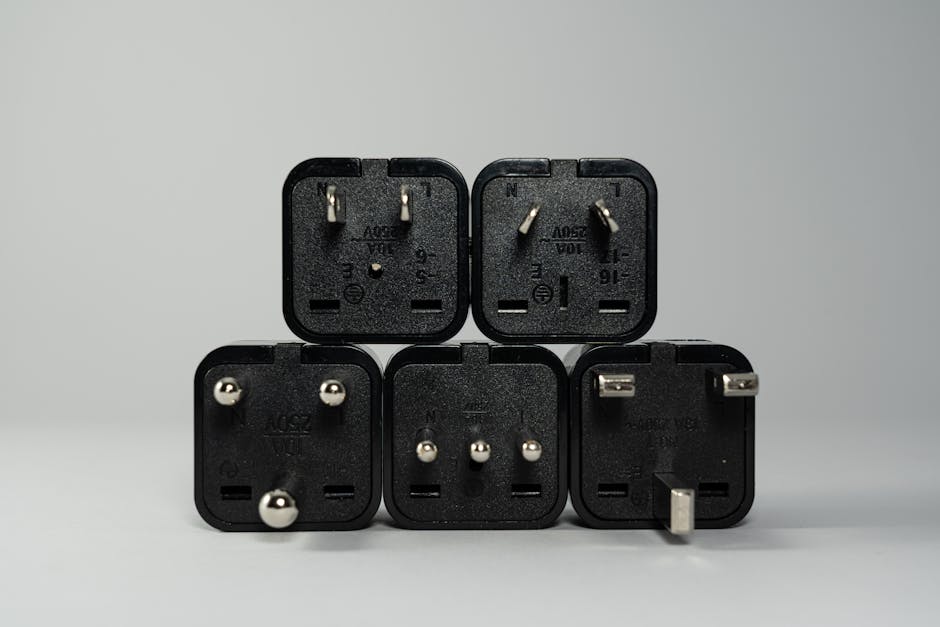100 Watt Solar Charge Regulator
In today’s world, where renewable energy is becoming increasingly important, solar power stands out as a leading alternative. A crucial component of any solar power system is the solar charge regulator. This article will delve into the specifics of a 100 Watt solar charge regulator, explaining its function, benefits, and how to choose the right one for your needs. Whether you’re a beginner or someone looking to enhance your solar setup, this guide will provide valuable insights.
What is a Solar Charge Regulator?
A solar charge regulator, also known as a solar charge controller, is a device that manages the power coming from your solar panels to your batteries. Its primary function is to ensure that the batteries are charged efficiently and safely, preventing overcharging and deep discharging, which can damage the batteries.
Why Use a 100 Watt Solar Charge Regulator?
When dealing with solar power systems, especially those designed for small applications like RVs, boats, or off-grid homes, a 100 Watt solar charge regulator is often the ideal choice. Here are some reasons why:
- Efficiency: A 100 Watt regulator optimizes the charging process, ensuring that your batteries receive the right amount of power without overloading.
- Protection: It protects your batteries from overcharging, which can lead to battery failure and reduced lifespan.
- Cost-Effective: For small to medium solar setups, a 100 Watt regulator is an affordable option that provides excellent performance.
- Versatility: Suitable for various applications, including camping, boating, and home energy systems.
How Does a 100 Watt Solar Charge Regulator Work?
The operation of a solar charge regulator is relatively straightforward. Here’s a breakdown of its working mechanism:
- Power Input: The solar panels generate electricity when exposed to sunlight. This electricity is in the form of direct current (DC).
- Voltage Regulation: The charge regulator monitors the voltage coming from the solar panels. If the voltage exceeds a certain threshold, the regulator will limit the current flowing to the batteries.
- Battery Charging: The regulator ensures that the batteries are charged at the correct voltage and current levels, optimizing their performance and lifespan.
- Discharge Prevention: When the solar panels are not producing power (e.g., at night), the regulator prevents the batteries from discharging back into the panels.
Types of Solar Charge Regulators
There are two main types of solar charge regulators: PWM (Pulse Width Modulation) and MPPT (Maximum Power Point Tracking). Understanding the differences can help you choose the right one for your needs.
PWM (Pulse Width Modulation)
- Cost-Effective: Generally less expensive than MPPT regulators.
- Simplicity: Easier to install and operate, making them ideal for beginners.
- Efficiency: Best suited for systems with lower voltage differences between the solar panels and batteries.
MPPT (Maximum Power Point Tracking)
- Higher Efficiency: Can increase the charging efficiency by up to 30% compared to PWM regulators.
- Advanced Technology: Adjusts the input voltage to maximize power output from the solar panels.
- Cost: Typically more expensive, but worth the investment for larger systems.
Choosing the Right 100 Watt Solar Charge Regulator
Selecting the right solar charge regulator involves considering several factors. Here’s what to keep in mind:
1. System Voltage
Ensure that the regulator matches the voltage of your solar panel and battery system. Common voltages include 12V, 24V, and 48V.
2. Type of Regulator
Decide between PWM and MPPT based on your budget and efficiency needs. For smaller systems, PWM may suffice, while larger setups can benefit from MPPT.
3. Current Rating
The regulator should be able to handle the maximum current produced by your solar panels. For a 100 Watt panel at 12V, the current will be approximately 8.3 Amps. Choose a regulator with a higher current rating to ensure safety and efficiency.
4. Features
Look for additional features that may enhance usability:
- LCD Display: Provides real-time information about battery status and charging levels.
- Temperature Compensation: Adjusts charging based on temperature to protect battery health.
- Multiple Charging Modes: Different modes for various battery types (e.g., lead-acid, lithium).
Installation of a 100 Watt Solar Charge Regulator
Installing a solar charge regulator is a straightforward process, but it’s essential to follow the correct steps to ensure safety and efficiency:
1. Gather Your Tools
You will need:
- Wire cutters and strippers
- Screwdriver
- Multimeter
- Electrical tape
2. Connect the Solar Panels
Start by connecting the solar panels to the input terminals of the charge regulator. Ensure that the positive and negative wires are correctly connected.
3. Connect the Batteries
Next, connect the batteries to the output terminals of the regulator. Again, double-check the polarity to avoid damage.
4. Test the System
Use a multimeter to check the voltage and ensure everything is functioning correctly. Monitor the system for a few days to confirm that the regulator is charging the batteries as expected.
Maintenance Tips for Your Solar Charge Regulator
To keep your solar charge regulator in optimal condition, follow these maintenance tips:
- Regular Inspections: Check connections and wiring for any signs of wear or corrosion.
- Clean the Panels: Ensure that your solar panels are clean and free from debris to maximize efficiency.
- Monitor Performance: Keep an eye on the battery voltage and charging status to catch any issues early.




